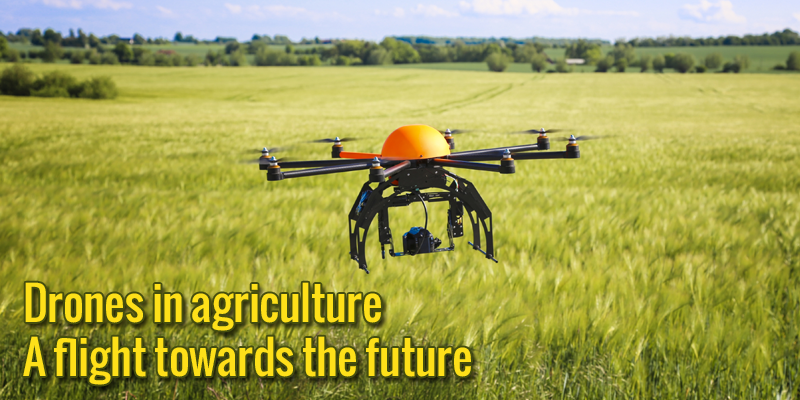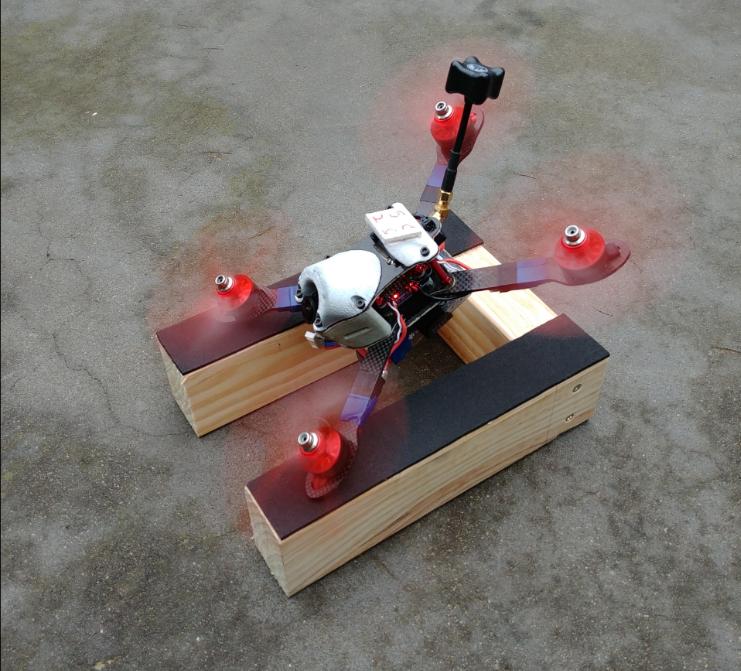
WiFi for drones has become a standard feature on modern flying machines. WiFi is much more affordable and reliable than other internet access options. It works with almost all operating systems. The range can be as short as 1000 meters. However, some enhanced WiFi systems can reach over ten KM. Most modern drones have WiFi connectivity. They can download large files or videos. Almost every drone on the market today has WiFi built-in.
DJI Inspire 2.
DJI Inspire 2 includes a feature called "RTH", which allows you drone to fly wirelessly. RTH is a function that allows the Inspire 2 to collect information from its environment and plan a route to its base. It can detect obstacles from 200 meters away, and help you restore communication with your remote controller faster after losing signal. It also includes a 360-degree rotating camera.
This system comes with a transmitter and a receiver that are connected via WiFi. The Inspire 2's transmitter as well as receiver can both receive and transmit video. Inspire 2's dual-band Lightbridge HD video transmission device is also available. This allows you to view both the FPV camera and the main camera from a distance of seven kilometers. The Phantom 3 Standard uses 2.4GHz WiFi to transmit data. This distance is seven kilometers.
DJI Phantom 4.
DJI's WiFi to DJI Phantom 4 Kit is the best option for you if you are interested in using your drone for aerial photography and video. These accessories add extra WiFi signal range for your drone. The DJI Phantom 4 Advanced & Professional WIFI Signal Range Extender Antenna Kit offers 32 channels of WiFi signals. The compact and lightweight design makes it easy to use in tight spaces.

These steps are required to enable WiFi on the DJI Phantom 4 The first step is to turn on your drone by pressing and holding the power button. If the drone is off, hold the button down for around 15 seconds to hear it initialize. Next, download DJI GO 4 and install it. After you have downloaded the app, you will be asked for your WiFi password. Once you have downloaded the app, you are able to access your account. Once you have WiFi connection, you can upload photos or videos to social media.
DJI Phantom 3.
The DJI Phantom 3 has no WiFi. These drones can be controlled by the DJI GO mobile app. This app is universally compatible with DJI and offers enhanced usability. The DJI GO app is only available on the Phantom 3 though. If you intend to use WiFi, ensure you have an internet connection before you begin flying your drone. To fly, you will first need to install DJI GO onto your phone.
WiFi allows you to transmit video securely, but it does have some limitations. The signal range of WiFi is limited, especially in comparison to the 5.8 GHz control signal. DJI created the lightbridge to solve this problem. It eliminates the need for testing the wifi signal. The DJI Phantom 3 WiFi allows you to easily capture aerial photos even from faraway locations.
DJI Phantom4 Pro
A WiFi for DJI Phantom 4 Pro can make it much easier to connect to a mobile device. Easy installation of a WiFi controller for DJI Phantom 4 Pro allows the drone to be controlled from a mobile device, tablet, or pc. It also works with iOS devices. In this guide, we'll explore the features of a WiFi-enabled controller and what you need to know to get started.

DJI Phantom 4 Pro, and DJI Phantom 3 are available with different apps. The DJI Go app is for iOS and Android, while the DJI Phantom 4 uses the new DJI GO 4 app. DJI Fly uses data for connection to the drone. Download the DJI Phantom 4 Pro WiFi App via Google Play, or the App Store. Once the app has been installed, open the app to sign in to DJI. Next, choose "Connecting WiFi" and then follow the instructions for complete the connection.
FAQ
Can I fly my drone indoors
Yes, your drone can be flown indoors. You just have to ensure no obstacles or hazards inside your home. You should not fly near windows, doors or heating vents.
How can I keep drones from my home?
Drones are becoming more popular for home security and surveillance. You can prevent drone attacks by installing motion sensors around your home and using them to detect any unauthorised flying objects.
What is the best drone for beginners?
The DJI Phantom 2 Vision+ drone is a popular choice for beginners. This model comes equipped with a 4K camera, which allows you to take high-quality aerial photos and videos. You can easily navigate this drone using its built-in GPS system.
What US states are drones legal?
Legally, you can operate a drone to perform hobby tasks. Federal Aviation Administration (FAA), has issued guidelines that allow you to use small unmanned aircraft systems (UASs). Before they can be flown, these UASs need to be registered with FAA. The FAA also allows commercial operators to fly these devices if certain conditions are met.
Statistics
- According to the multiple listing service (MLS), houses and apartments with drone photographs are up to 68 percent more likely to sell than those without pictures. (thedroneu.com)
- With the top 10% making over $100/h and the bottom 10% making as low as $10/h. (dronesgator.com)
- According to ZipRecruiter, the minimum hourly wage of drone pilots is $20. (thedroneu.com)
External Links
How To
How to Fly Drones for Beginners
A drone can be used to fly remotely controlled aircraft for photography, surveillance, scientific research, hobby and commercial purposes. The technology behind drones has been around since World War II. However, commercial use began in 2010 when DJI released their Phantom series of quadcopters. From beginner-friendly drones such as Parrot AR Drone 2.0 through professional-grade multirotor craft like DJI Mavic Pro, many types have been available.
You can fly a drone in many different ways, including:
-
Remote control – This technique uses a control device attached directly to your hands that allows you steer the drone around its flight path. There are two main types of controllers: On/Off switches (like a radio) and joysticks.
-
Manual Control – This allows remote operation of the drone via GPS coordinates using a smartphone application. The app will give you instructions.
-
Autonomous Flight – This is when the drone handles all the piloting tasks. It basically flies autonomously without any human intervention. The drone must be equipped with a camera and sensors that can capture images and data in order to fly autonomously.
-
Triggered Flight - This method is similar to manual control, except the pilot manually sets up a preprogrammed route, and the drone follows that route until it reaches the endpoint. After the preprogrammed route is complete, the drone will automatically land and return to its base.
-
Landing Gear – A few drones come with landing gear. This allows them land safely in the event of losing power or running out of battery.
-
Goggles – Pilots often wear goggles while flying to keep themselves safe from any debris.
-
Camera - Some drones are equipped with cameras allowing you to capture photos and videos from above.
-
Obstacles - Some drones can be equipped with obstacle avoidance systems that prevent them from crashing into obstacles.
-
Speed – Some drones can reach speeds in excess of 40 mph.
-
Battery Life – Most drones will last 20 minutes to three hours depending on how powerful they are.
-
Some drones are capable of traveling up to 30 miles depending upon their make and model.
-
Power source: Some drones will require an external power source while others can be powered by internal batteries.
-
Weight - Some drones can be as light as 1 pound while others can reach 4 pounds.
-
Size - Drones range from small devices that fit in one's palm to large crafts that weigh more than 50 pounds.
-
Price - All drones fall within a specific price range, from high-end models that can cost thousands of dollars to lower-cost options starting at $100.